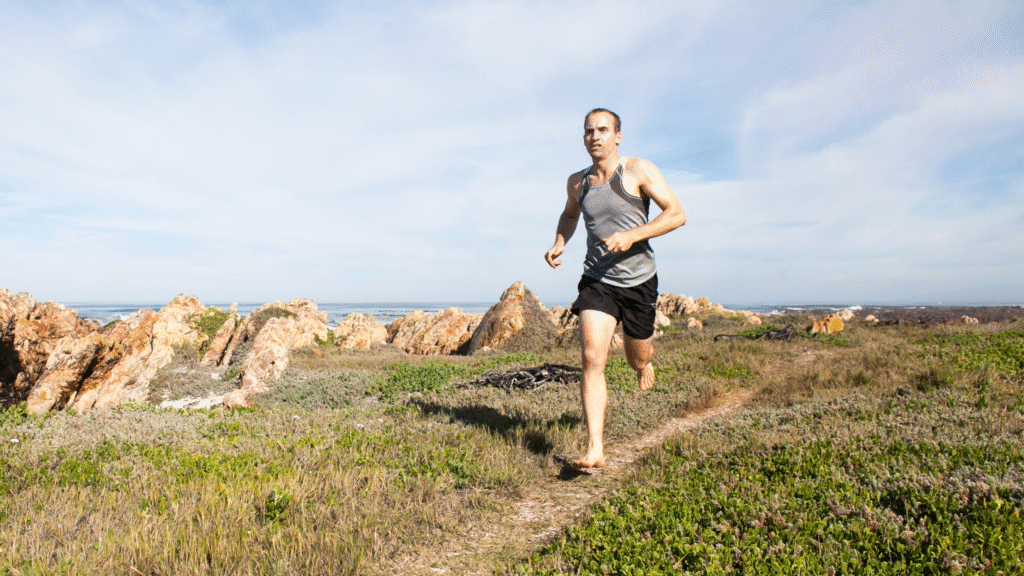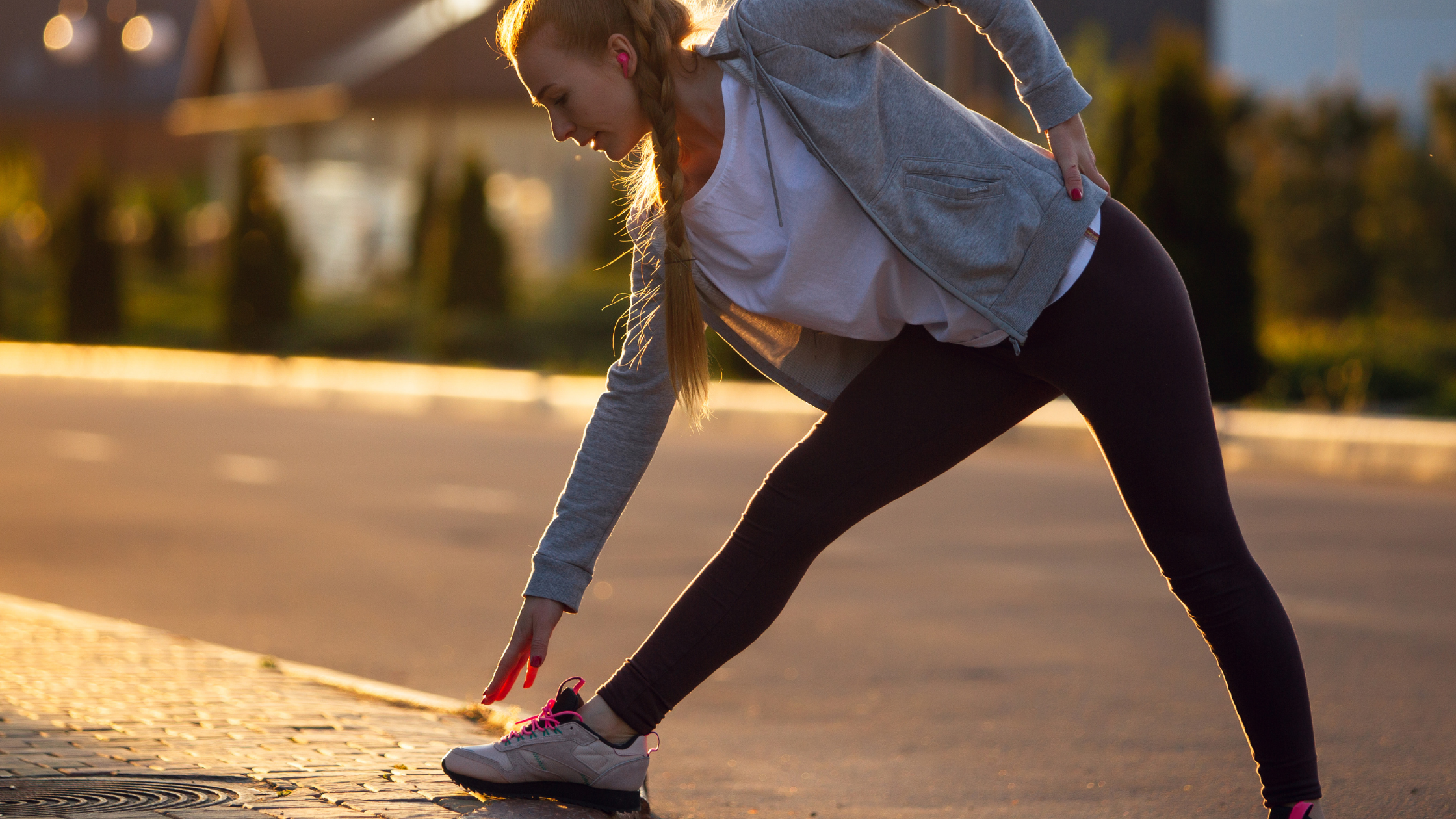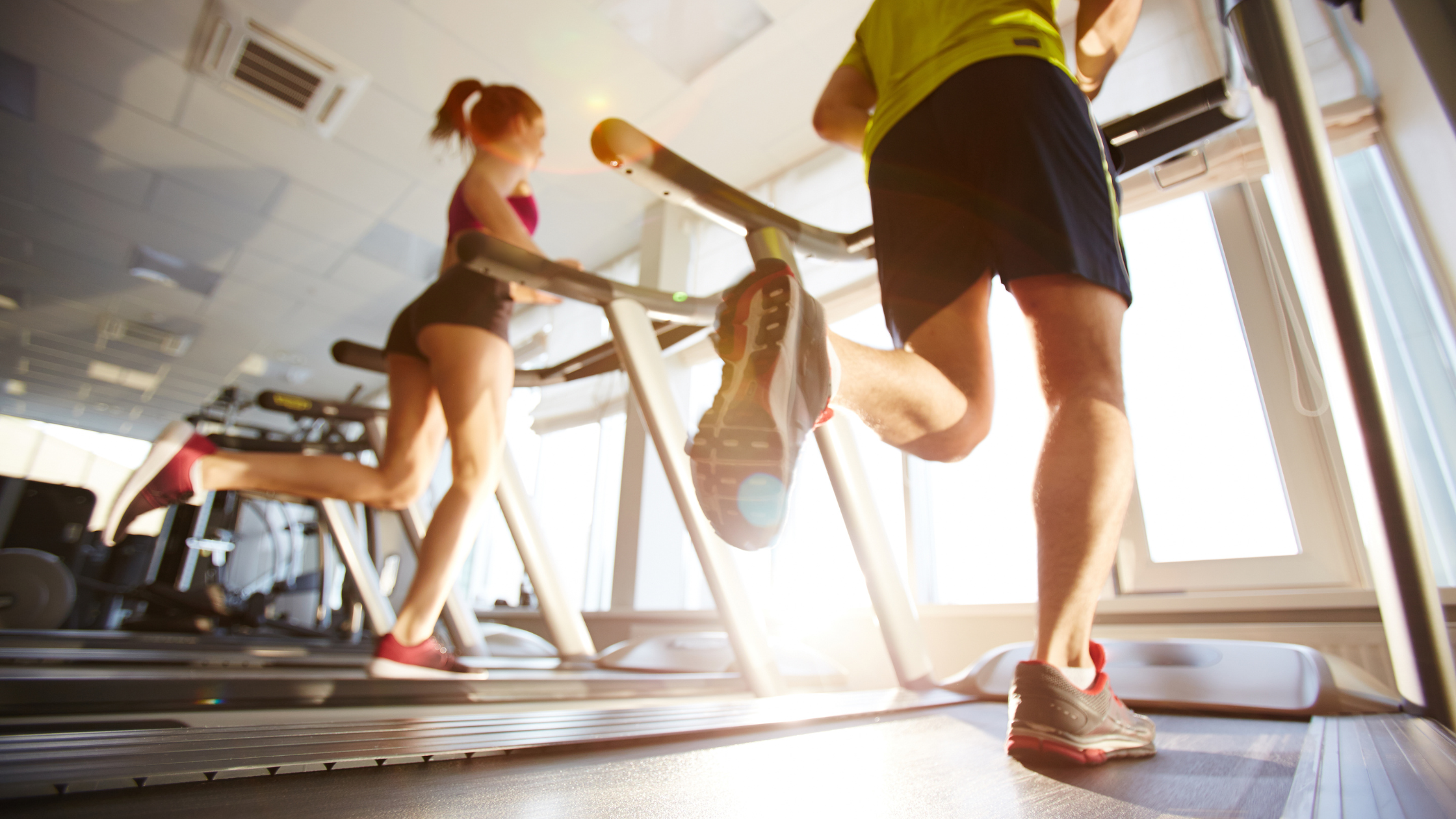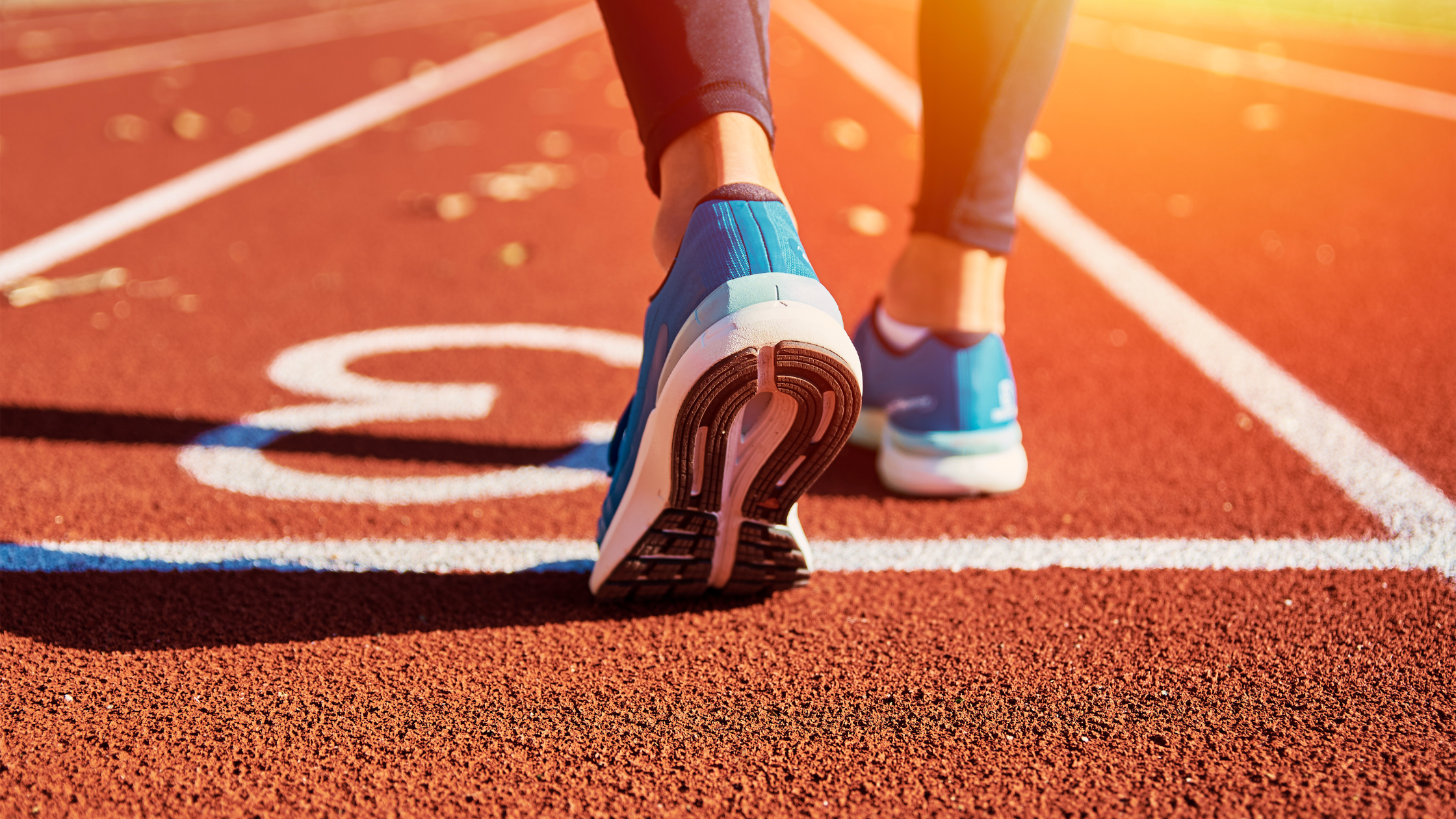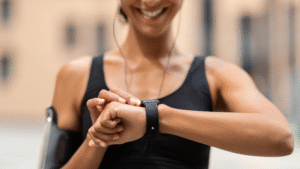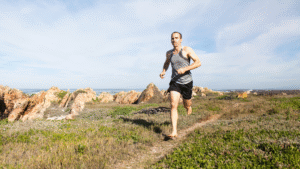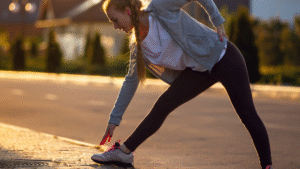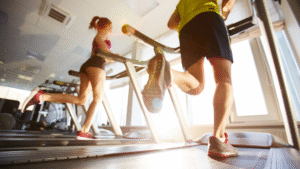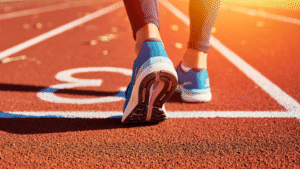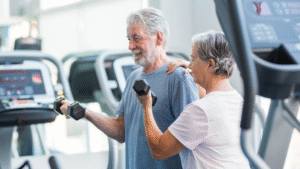Barefoot running (or minimalist shoe running) has been a hot debate topic. Proponents say it’s more “natural” – encouraging a forefoot strike and stronger feet – while critics warn of injuries from lack of cushioning. So, is ditching your shoes a smart move for health, or just a trend? Let’s unpack the science and facts.
What Is Barefoot or Minimalist Running?
Running barefoot means exactly that: no shoes on your feet. Minimalist running uses special thin-soled shoes (like Vibram FiveFingers) that mimic being barefoot while still offering a barrier against the ground. The idea is to let your foot land more naturally. Most people in heavy cushioned shoes land on their heel. When barefoot, runners often land on the midfoot or forefoot, which can reduce initial impact on the heel and knees.
Potential Benefits
Foot Strengthening: Barefoot running engages small foot muscles and the arches more, potentially strengthening them over time. Stronger feet might reduce some chronic foot issues.
Gait Changes: Studies show barefoot running tends to shorten stride and increase cadence (more steps per minute). This can lower the impact at the knee joint. In fact, a recent review found barefoot/minimalist runners had lower vertical loading rates and less energy absorption at the knee. That suggests your knees take a lighter load barefoot (which could be good for knee health).
Injury Recovery: Some runners with chronic injuries (e.g., shin splints) report improvement after switching to a forefoot strike style.
Scientific Findings
However, the research is nuanced. The 2023 review in Foot & Ankle Orthopaedics found that while barefoot/minimalist runners do indeed land more on the front of the foot, which lowers knee stress, there’s a trade-off: higher stress on the ankle. In other words, you may trade one set of joints for another. The study concluded: “Foot strike pattern is more important than footwear for injury prevention.” So simply being barefoot doesn’t guarantee fewer injuries – how you run (your form) is key.
Another finding: Runners who abruptly switch to barefoot often see an increased injury rate initially, especially in the foot and calf area. Feet and calves need time to adapt to the new load.
For injury rates overall, the evidence is mixed. The review noted some people improved old injuries by switching styles, but overall injury rates were “equivocal” between barefoot and shod runners. In plain language: barefoot running can change your biomechanics positively, but it doesn’t automatically mean fewer injuries across the board.
Risks and Drawbacks
Adaptation Period: If you want to try barefoot running, do it gradually. Suddenly running miles without cushioning can lead to stress fractures, calf strains, or Achilles pain. Experts recommend slowly building barefoot time (e.g., start with short runs or walking barefoot).
Terrain Matters: Barefoot is risky on very hard or uneven surfaces. Pebbles, glass, or even hard asphalt can injure unprotected feet. Many barefoot advocates prefer natural trails or grass.
Not for Everyone: People with certain foot conditions (flat feet, plantar fasciitis) should be cautious. Strong calf and Achilles muscles are needed, so if you have a tight Achilles, barefoot may exacerbate it.
Bottom Line
So is barefoot running good for you? It depends. For some runners, especially those who naturally have a forefoot strike, it can feel efficient and reduce some joint loads. But science shows you must transition carefully and strengthen supporting muscles. Most experts agree that footwear or not, focusing on proper form (shorter stride, higher cadence) is the real goal.
If you want to experiment, try minimalist shoes like Vibram FiveFingers. They allow a near-barefoot feel with a bit of protection. Try it on soft ground first and listen to your body. Many runners find a mix works best: wear regular cushioned trainers for long runs, and occasionally do short runs barefoot or minimalist to build foot strength.

